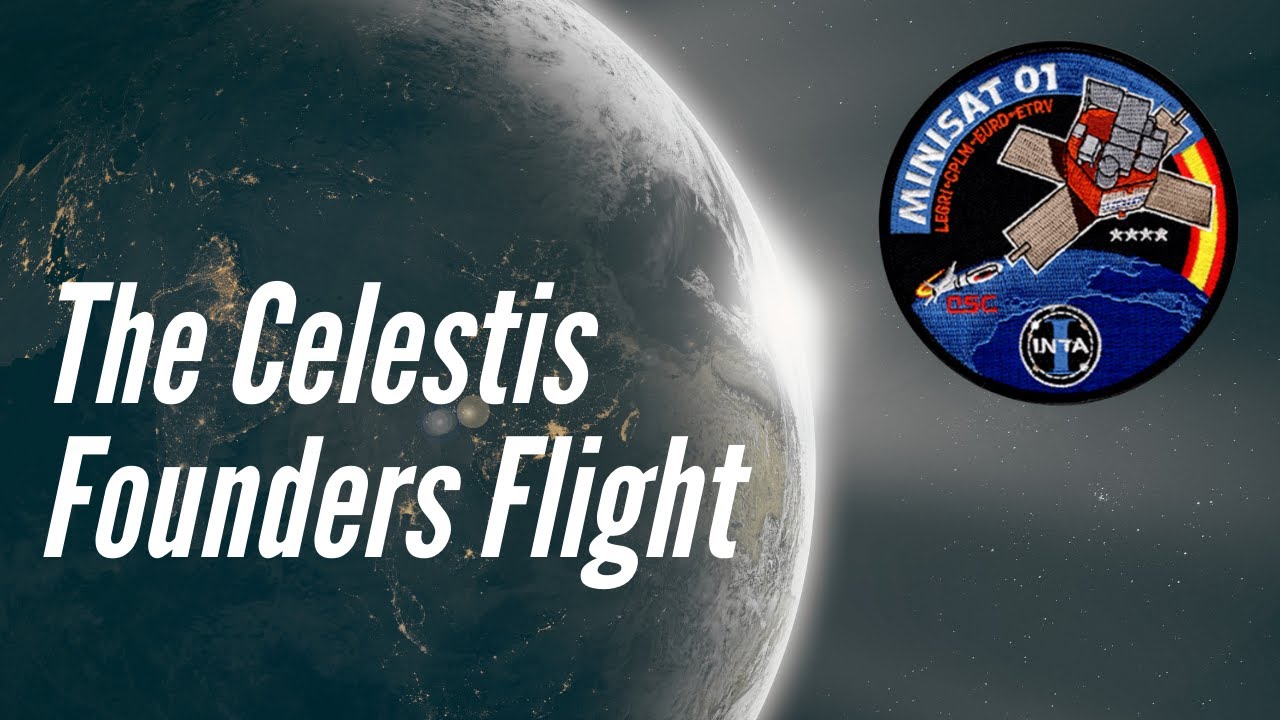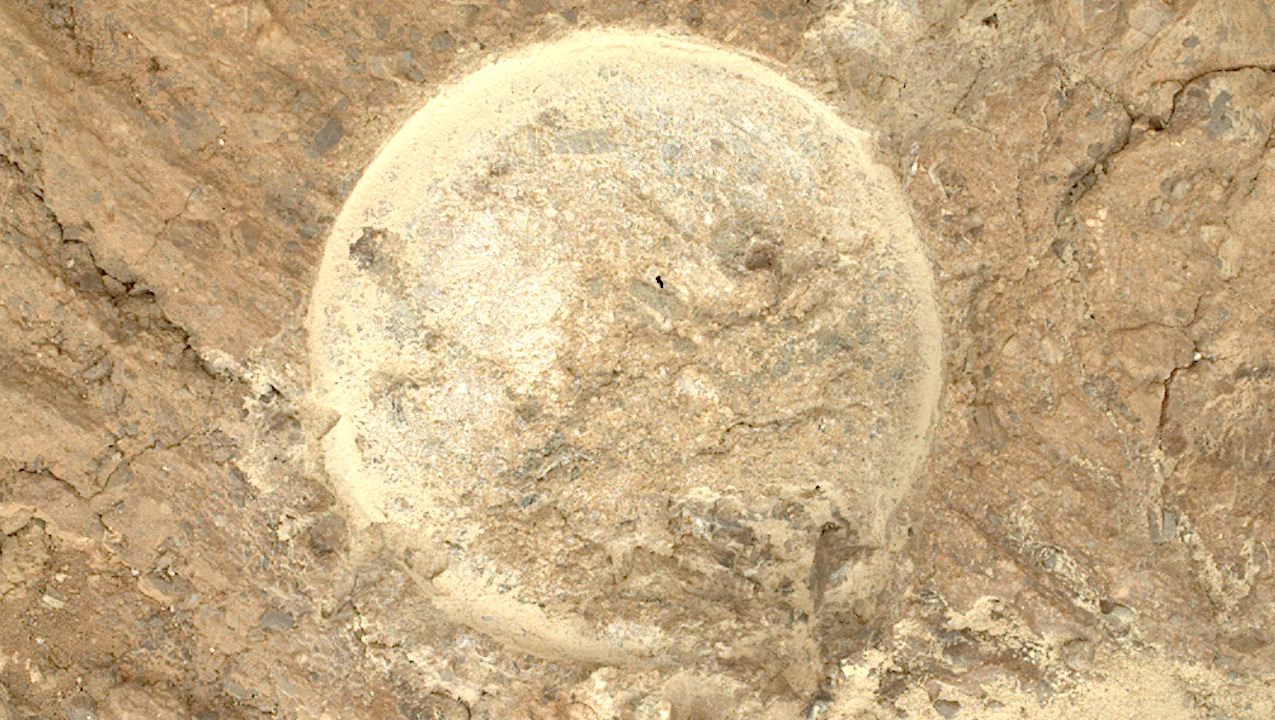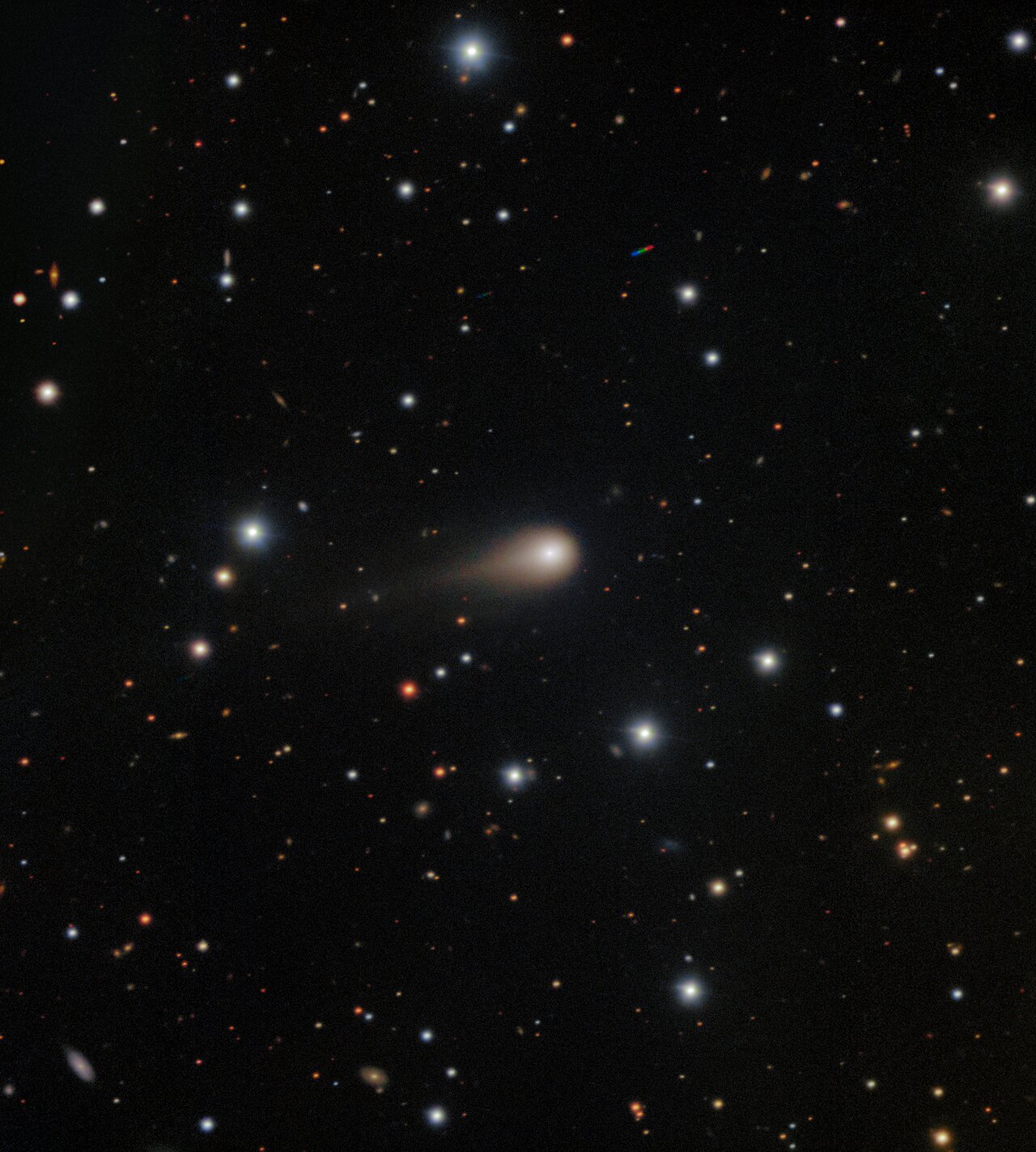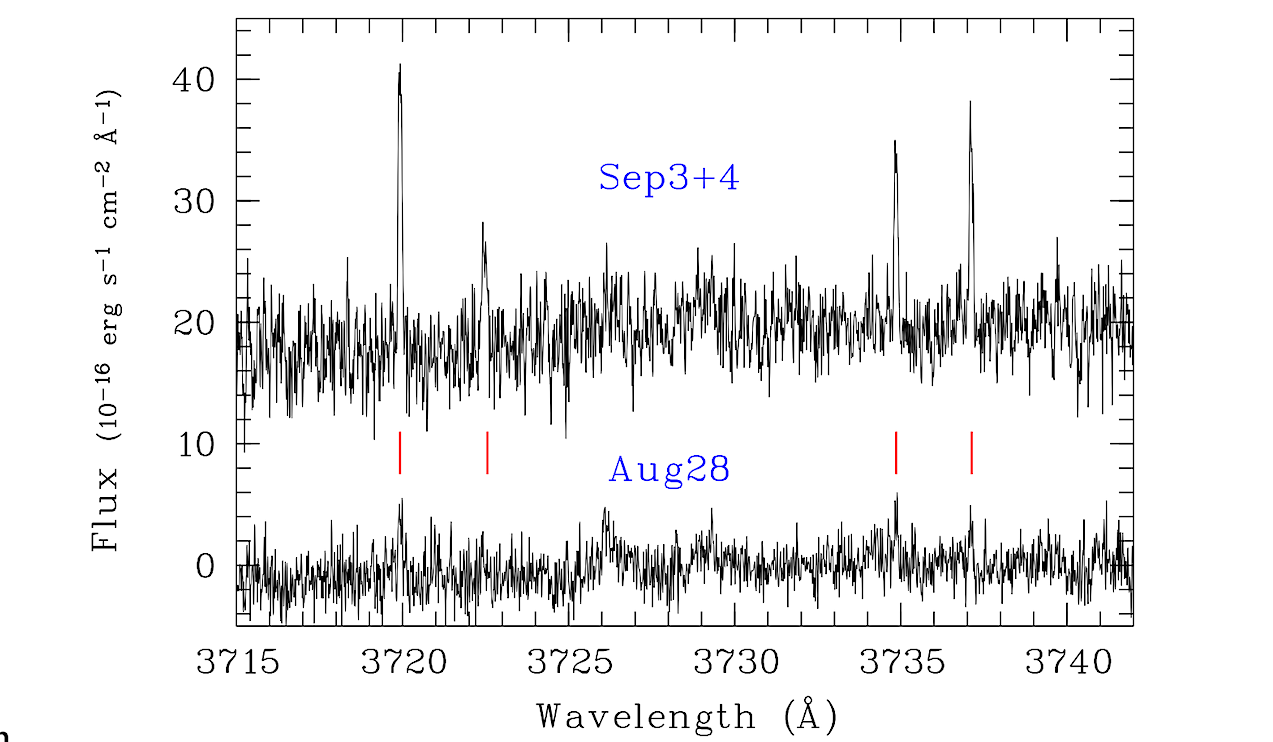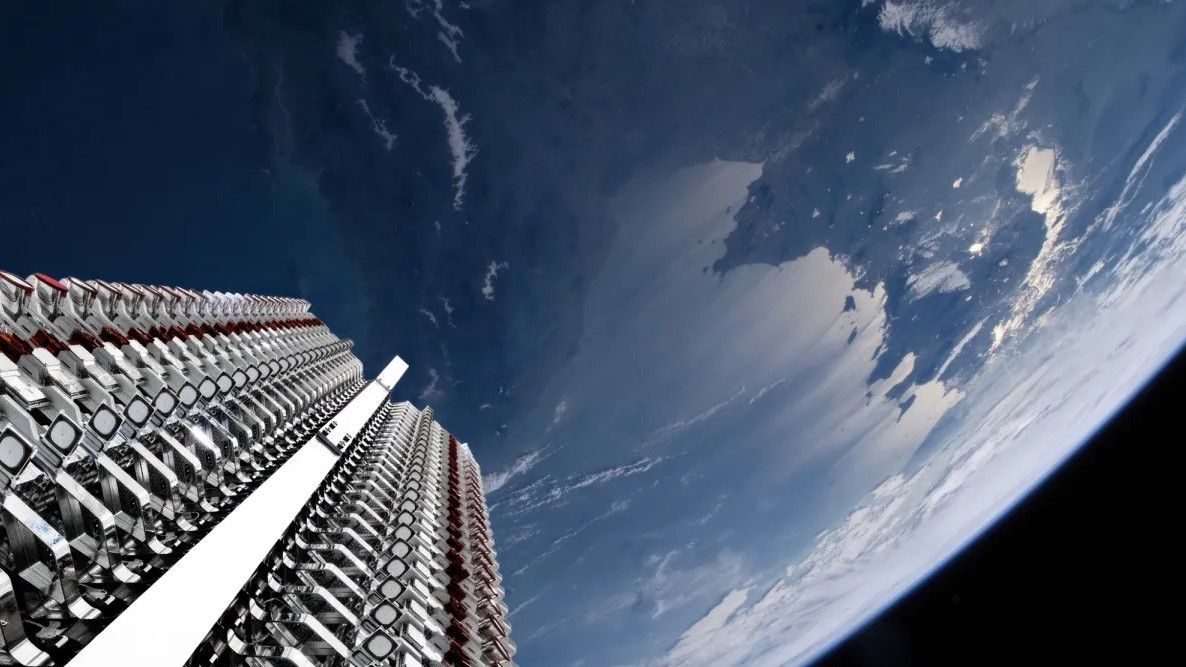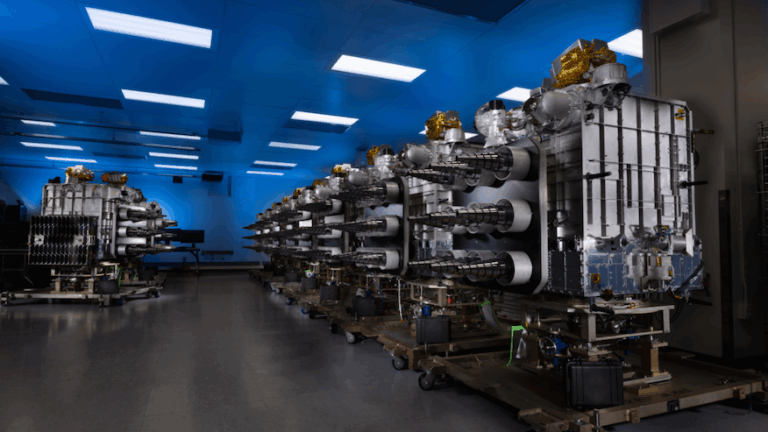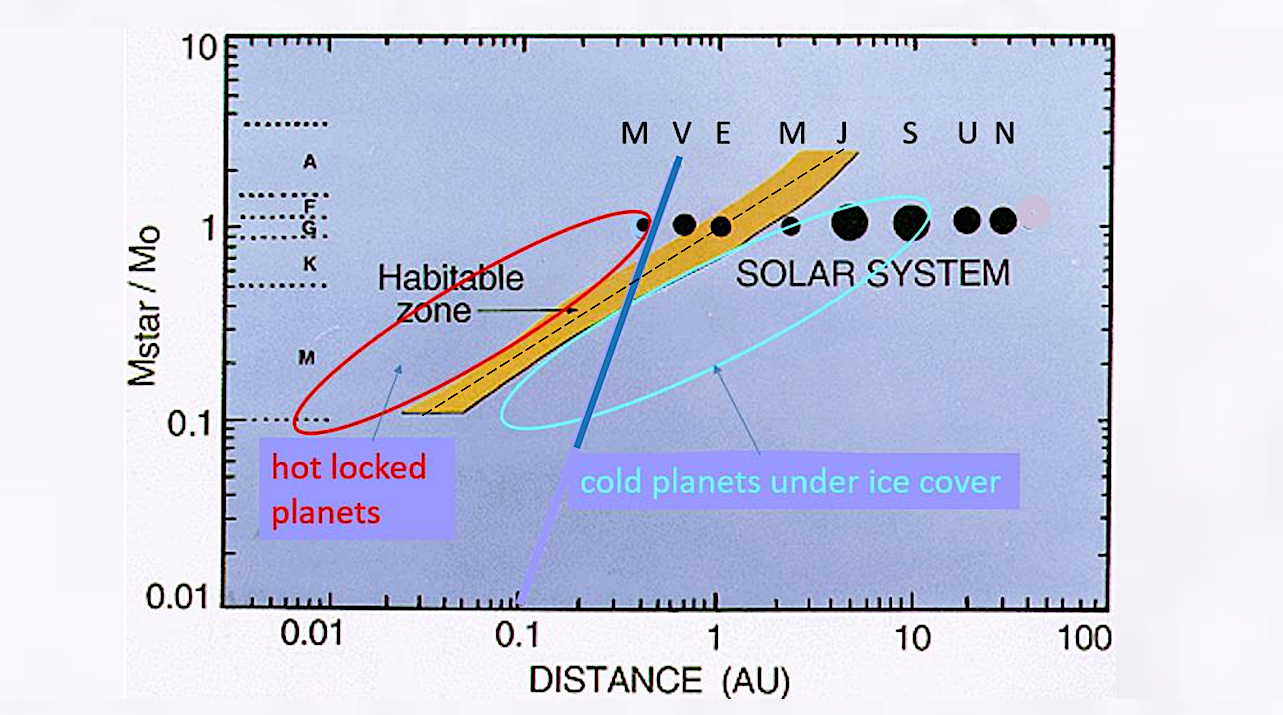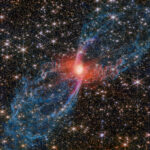This article was originally published at The Conversation. The publication contributed the article to Space.com’s Expert Voices: Op-Ed & Insights. Beyond the race for scientific, commercial and military purposes, there
Hot Posts742- Page
Image of the “Peachflya” abrasion spot, from Perseverance’s WATSON Camera on sol 1620. NASA/JPL-Caltech larger image Perseverance accomplished something unusual this week: abrading two dramatically different rocks within the span
Researchers from the Xinjiang Astronomical Observatory of the Chinese Academy of Sciences have developed a hybrid deep learning model that can accurately predict atmospheric delay, a key source of error
The Europa Clipper spacecraft may soon be pummeled by charged particles — particles ripped away from the ion tail streaming from the interstellar comet 3I/ATLAS. That’s the new prediction from
Continuum-subtracted spectra of comet 3I obtained on August 28 and September 3+4. Three narrow FeI lines are detected on August 28 in this spectral range, FeI λ3719.93Å being the brightest
It’s great to see old astronomical observations come to light. Not only can these confirm or refute what’s known about historic astronomical events, but they can describe what early observers
Its cameras may no longer bear the Olympus brand name, but the OM System is sensibly mining that company’s heritage for all it is worth. A case in point is
Hundreds of satellites may soon be flying in orbital regions that are already too packed to allow safe and long-term operations, a new study suggests. The study found that, while
A SpaceX Falcon 9 rocket stands in the vertical launch position ahead of the liftoff of the Space Development Agency’s Tranche 1 Transport Layer C (T1TL-C) mission. Image: SpaceX Update
Extensions to the HZ (the orange stripe) as a function of distance between the planet and its host star (horizontal axis), and the mass of the Main Sequence host (vertical
-
 012024 in Review: Highlights from NASA in Silicon Valley
012024 in Review: Highlights from NASA in Silicon Valley -
 02Panasonic Leica Summilux DG 15mm f/1.7 ASPH review
02Panasonic Leica Summilux DG 15mm f/1.7 ASPH review -
 03How New NASA, India Earth Satellite NISAR Will See Earth
03How New NASA, India Earth Satellite NISAR Will See Earth -
 04And Thus Begins A New Year For Life On Earth
04And Thus Begins A New Year For Life On Earth -
 05Astronomy Activation Ambassadors: A New Era
05Astronomy Activation Ambassadors: A New Era -
06SpaceX launch surge helps set new global launch record in 2024
-
 07Space Force plans new ‘Futures Command’ amid pressure to speed up modernization
07Space Force plans new ‘Futures Command’ amid pressure to speed up modernization


